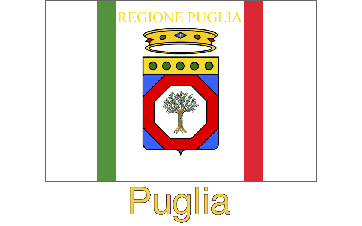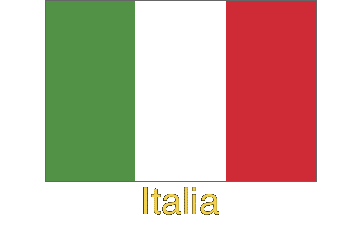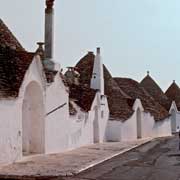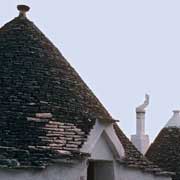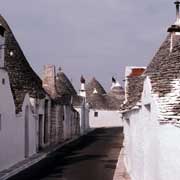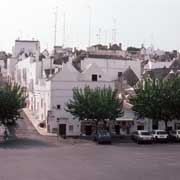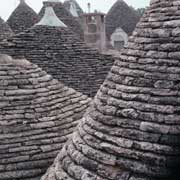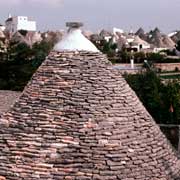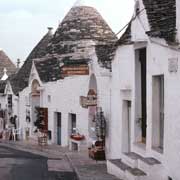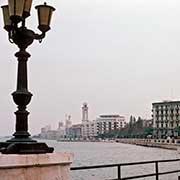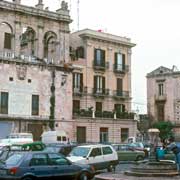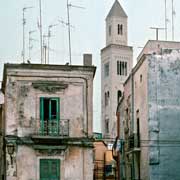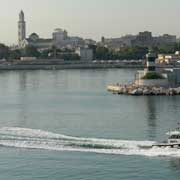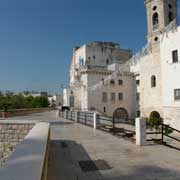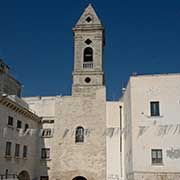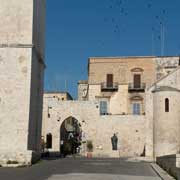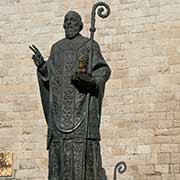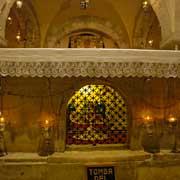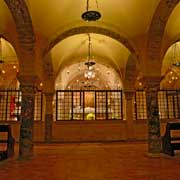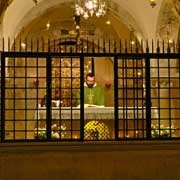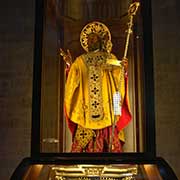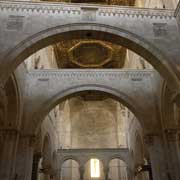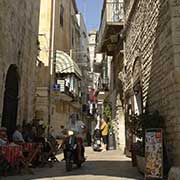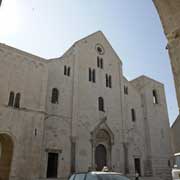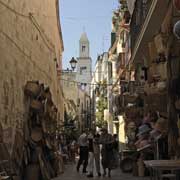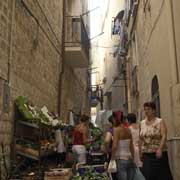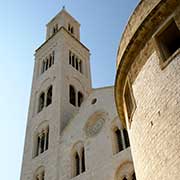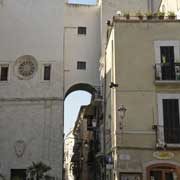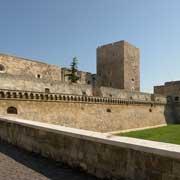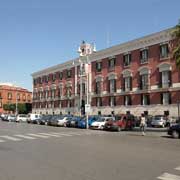Photos of Apulia, Italy’s far south east, Italy
Apulia, Italy’s far south east
Apulia or Puglia in the extreme southeast lies along the Adriatic and the Ionian Sea (or Gulf of Taranto) coasts. Exiled Spartans settled the region around Taranto during the Greek period. The port city of Brindisi was the endpoint of the Roman Via Appia, the road that linked the empire. The Normans settled in the region later, evidenced by the large Normanesque churches of which the Basilica of San Nicola is a supreme example. Castles from the Swabian King Frederick II and the many buildings left by the Spanish are still found in the region.
you may then send it as a postcard if you wish.
The little town of Alberobello is in the centre of the Trulli area in the Itria Valley, with their characteristic circular houses with conical roofs. These houses are made from whitewashed stones, put together without mortar, and the roofs are made from concentric rows of grey slate, called “chiancarella”. Some of the roofs are often topped with pinnacles painted with astrological or religious symbols. Alberobello is now very much a tourist town but still a unique sight. Most Trulli houses are used as boutiques and shops for souvenirs and wine; the Hotel de Trulli is a large complex of these unusual dwellings.
The Basilica of San Nicola in the Adriatic port city of Bari was built in the 11th Century on the foundations of a Byzantine palace to house the remains of St Nicholas, who had been the bishop of Myra in Lycia, present-day Turkey, around 300 CE. When Myra fell to the Muslims, mariners of Bari, who considered him their patron saint, stole half of his remains and took them to their city. St. Nicholas apparently performed many miracles and is also a patron saint of travellers, bakers, merchants, and especially children. One of the most popular saints of the Christian church, he is still honoured in the Netherlands where men in bishop’s robes play the role of a benevolent saint who visits children and gives them presents on 5 December, St. Nicholas eve. Dutch immigrants took this custom to America, where “Sinterklaas”, as he is called in Dutch, evolved into “Santa Claus”. The real saint is well and truly (partly) buried in Bari: his remaining bones were later collected from Myra by Venetian sailors during the First Crusade and interred in the Church of St. Nicholas on the Lido, in Venice.
